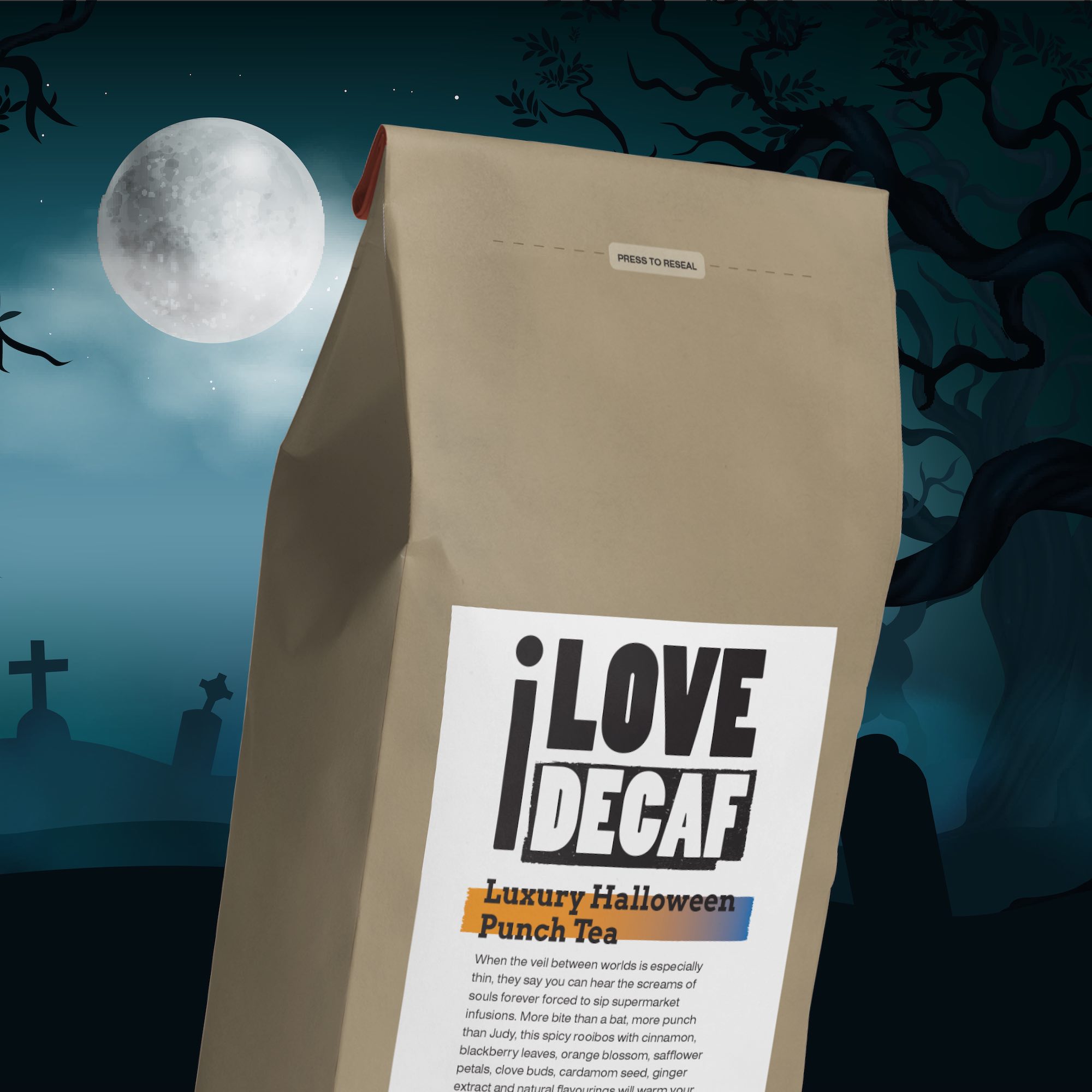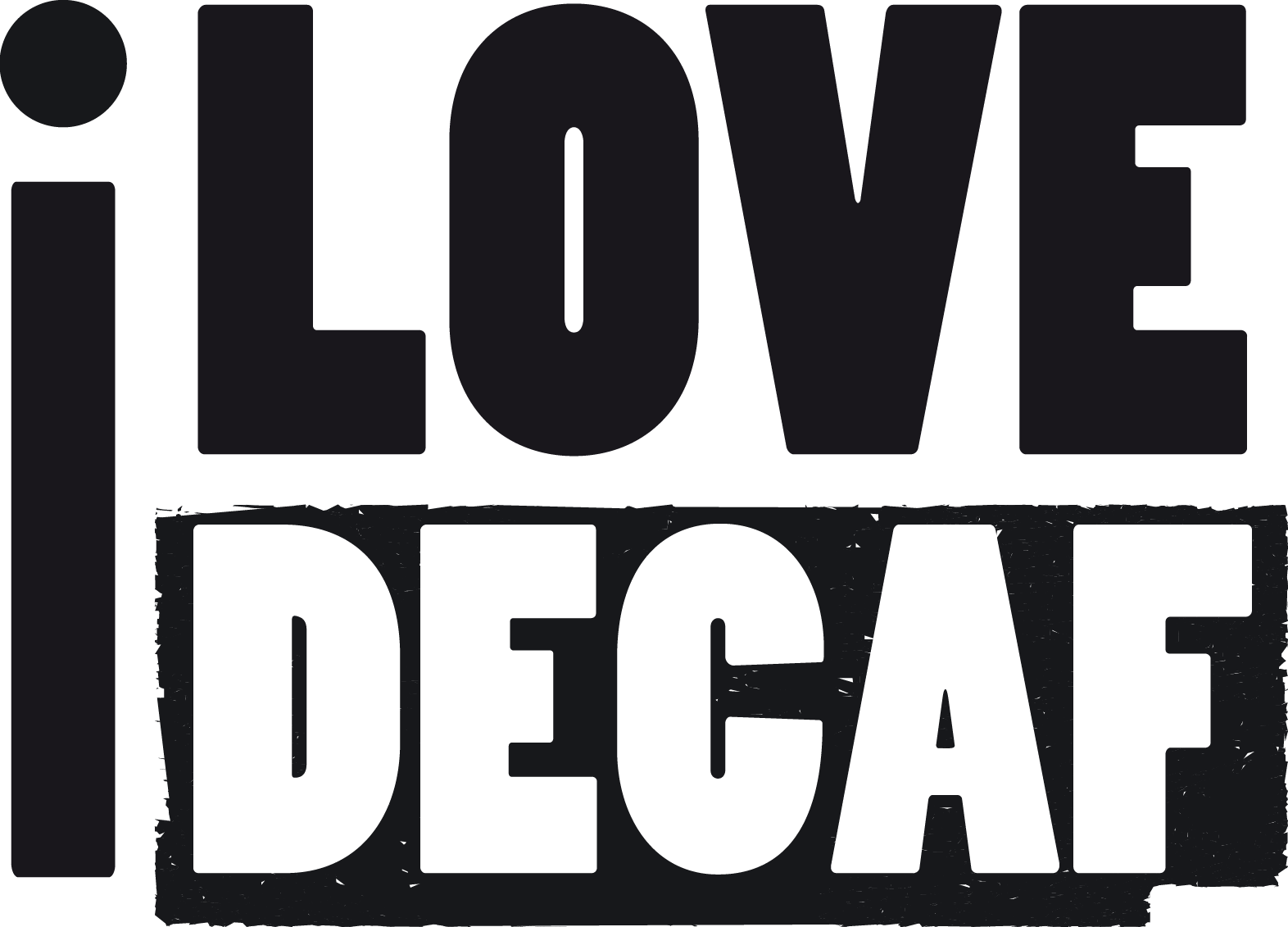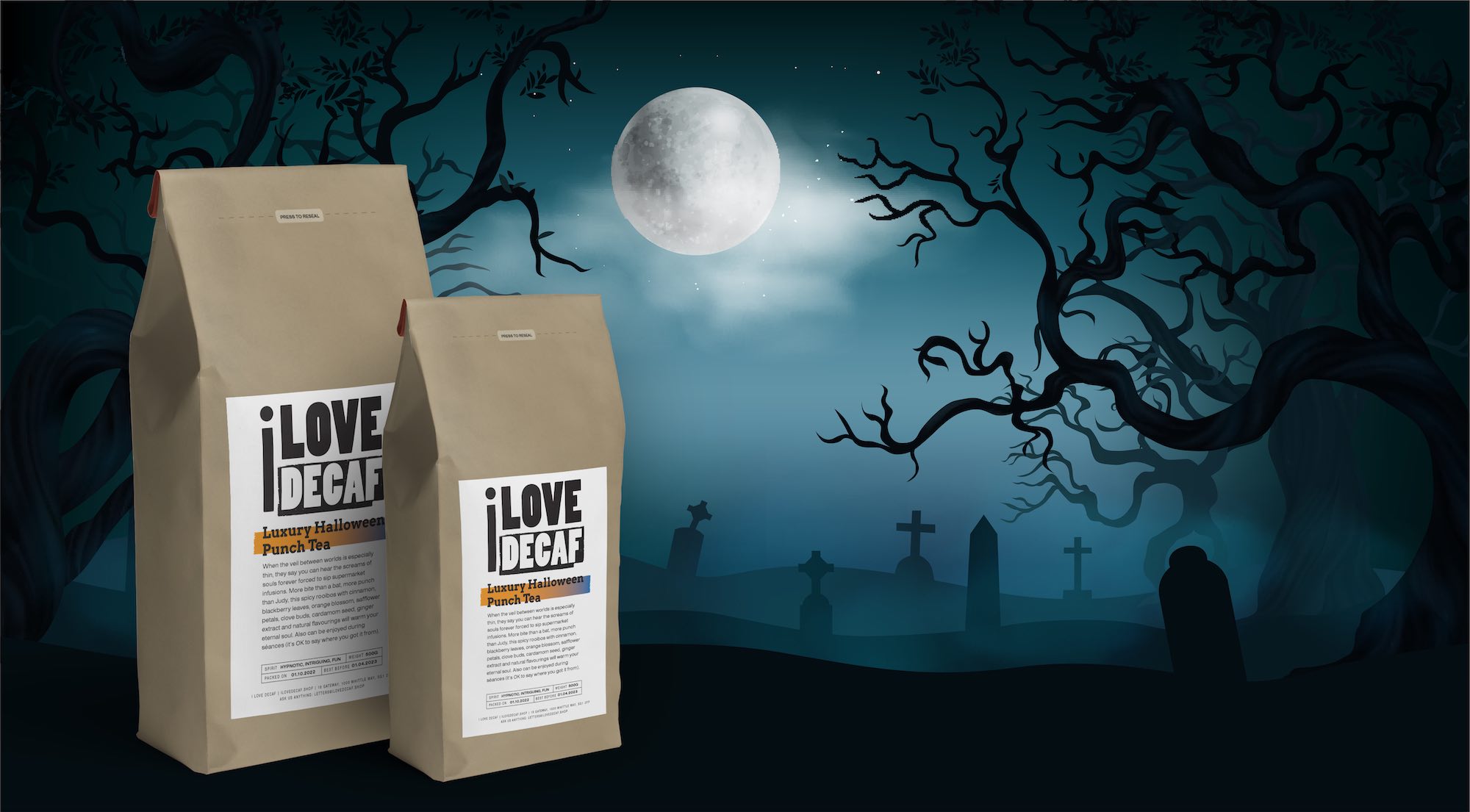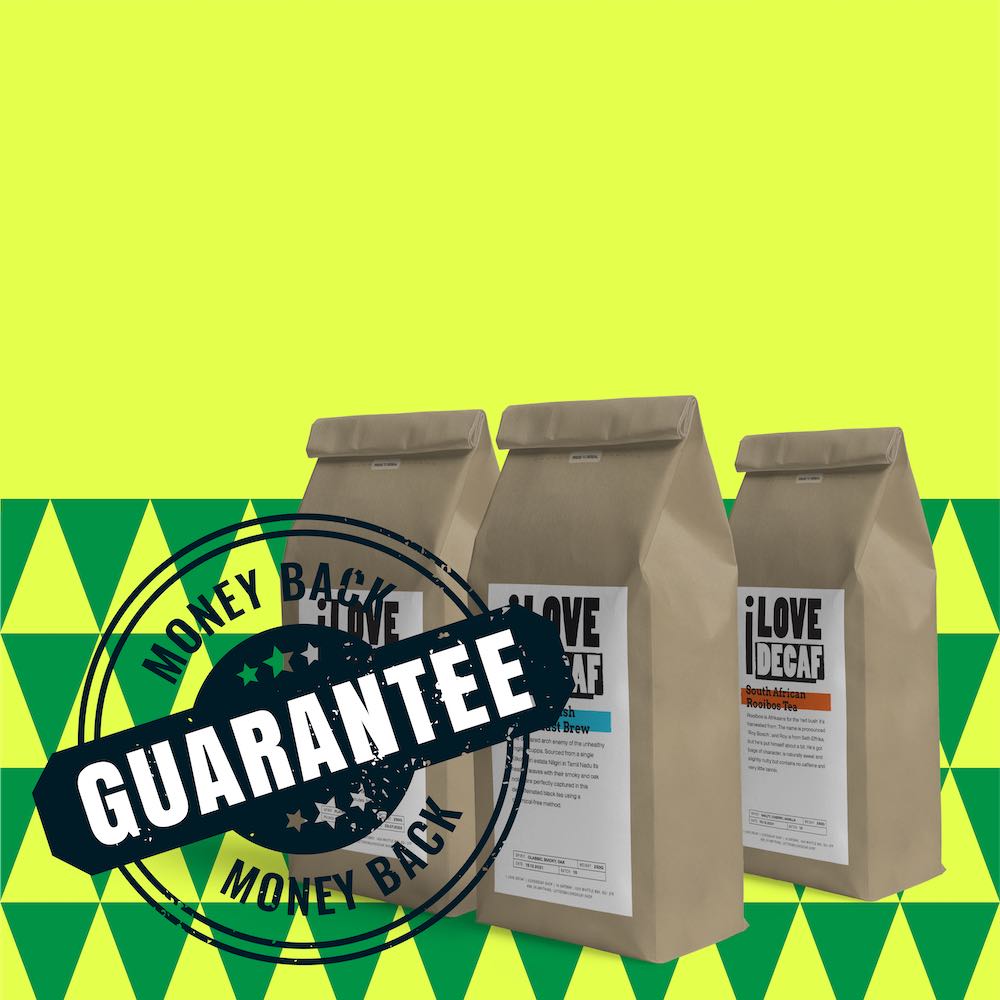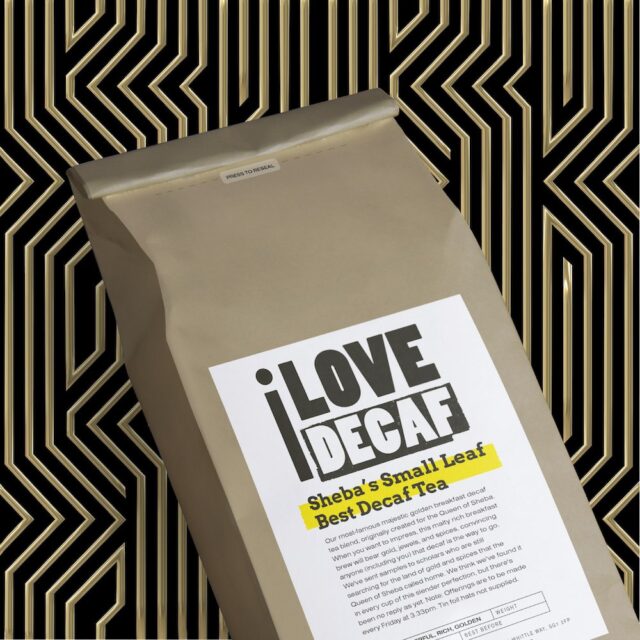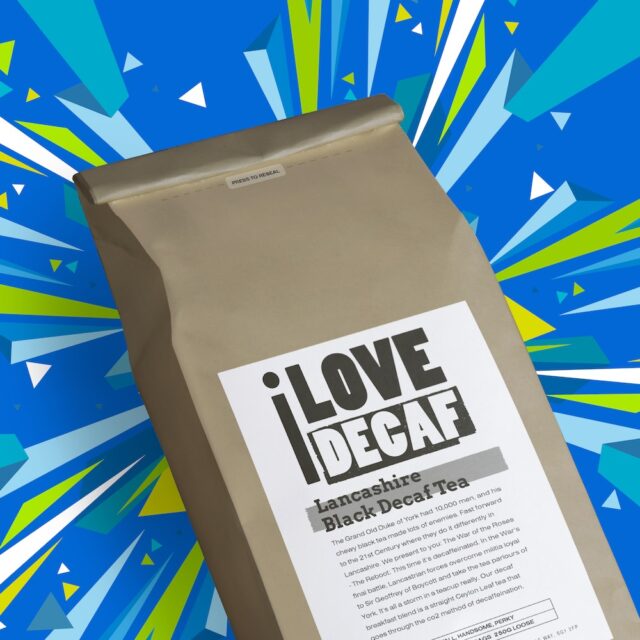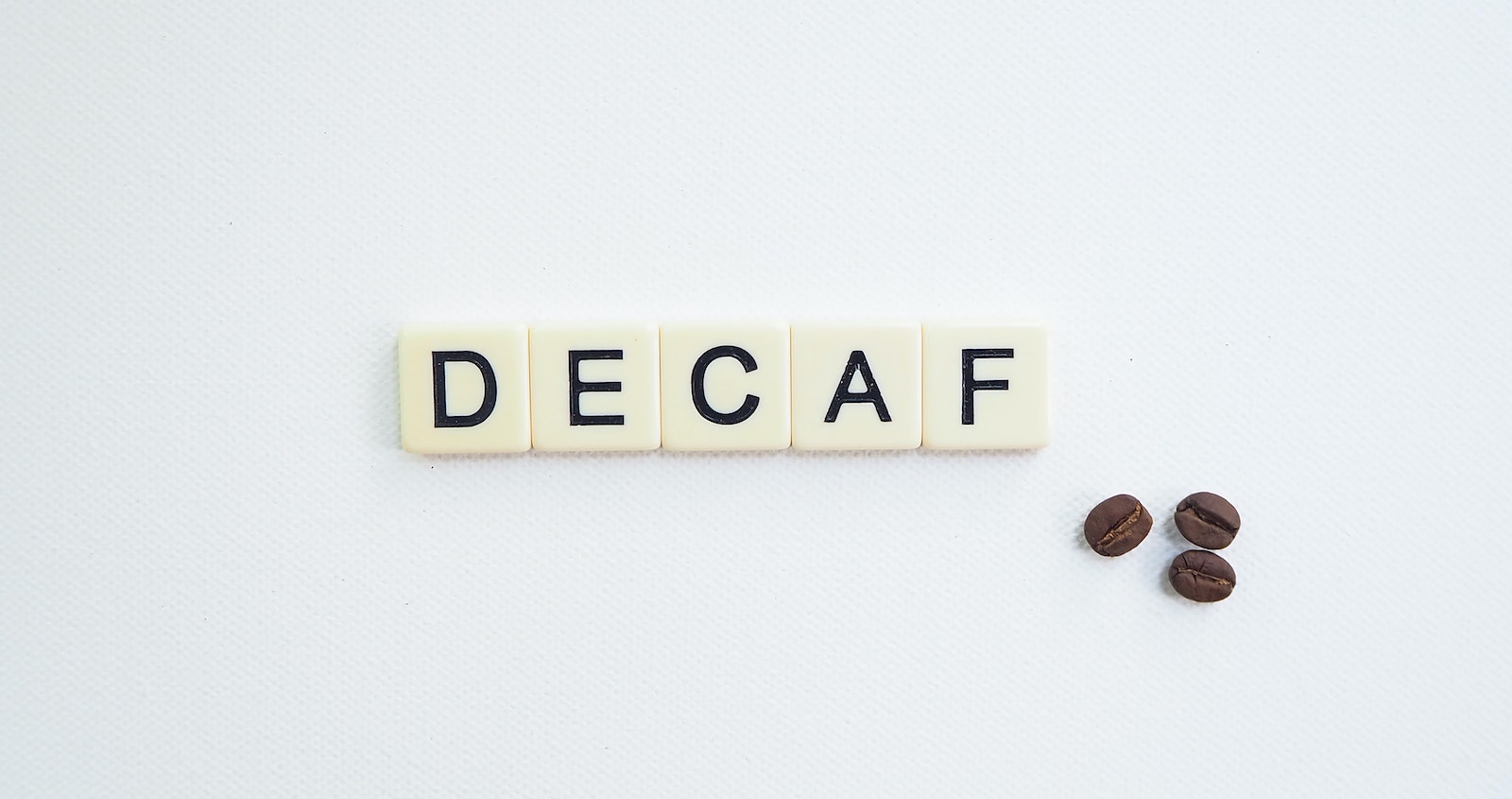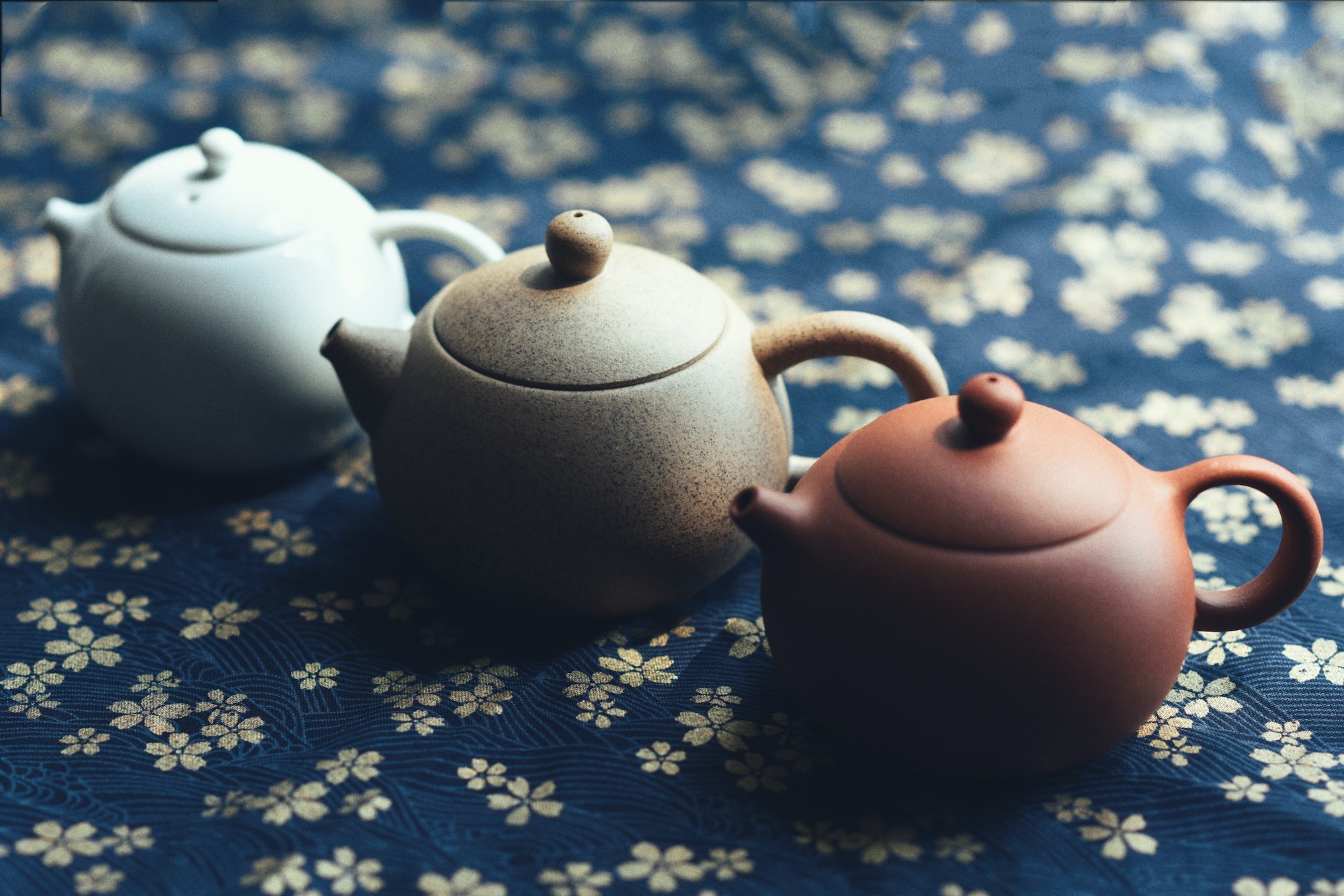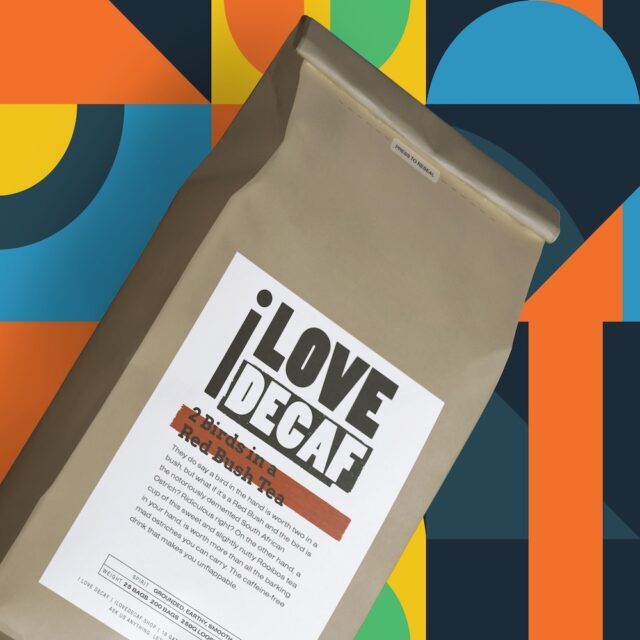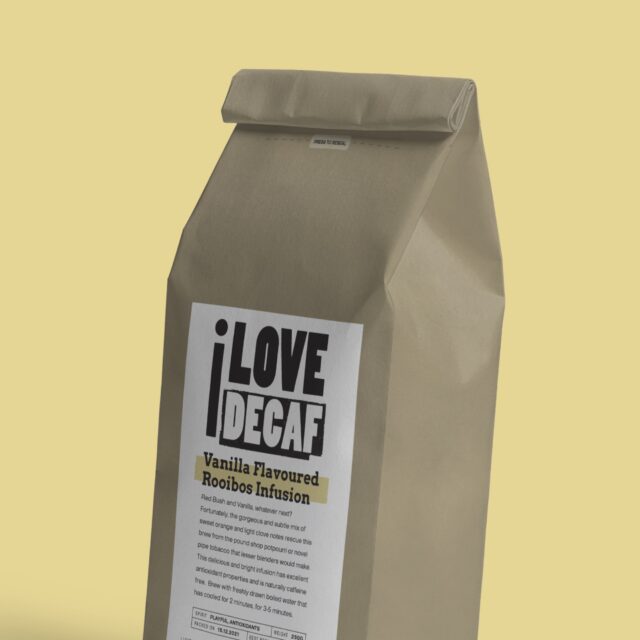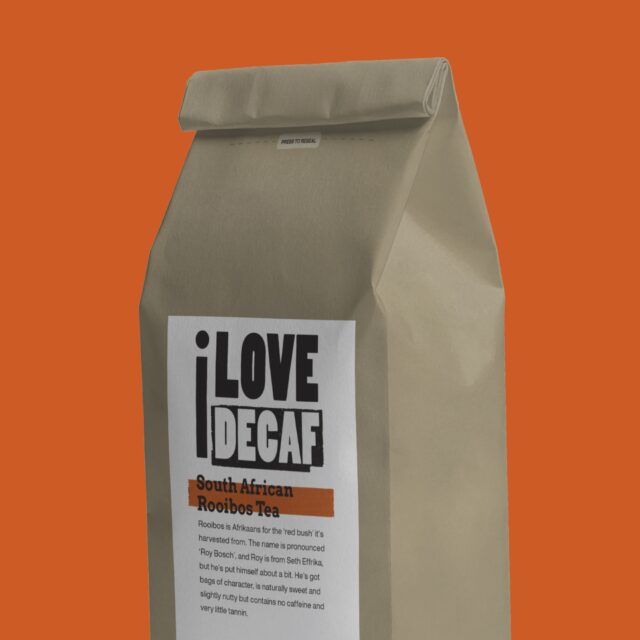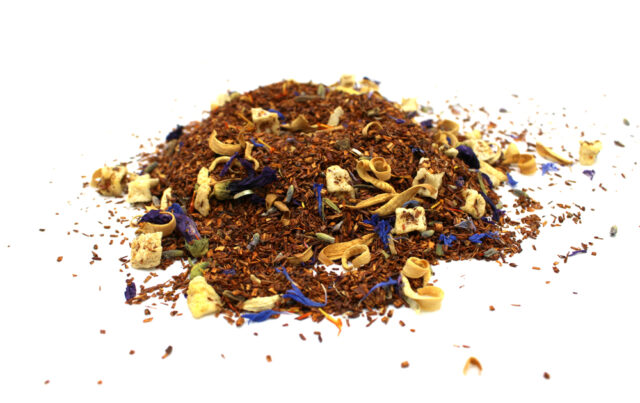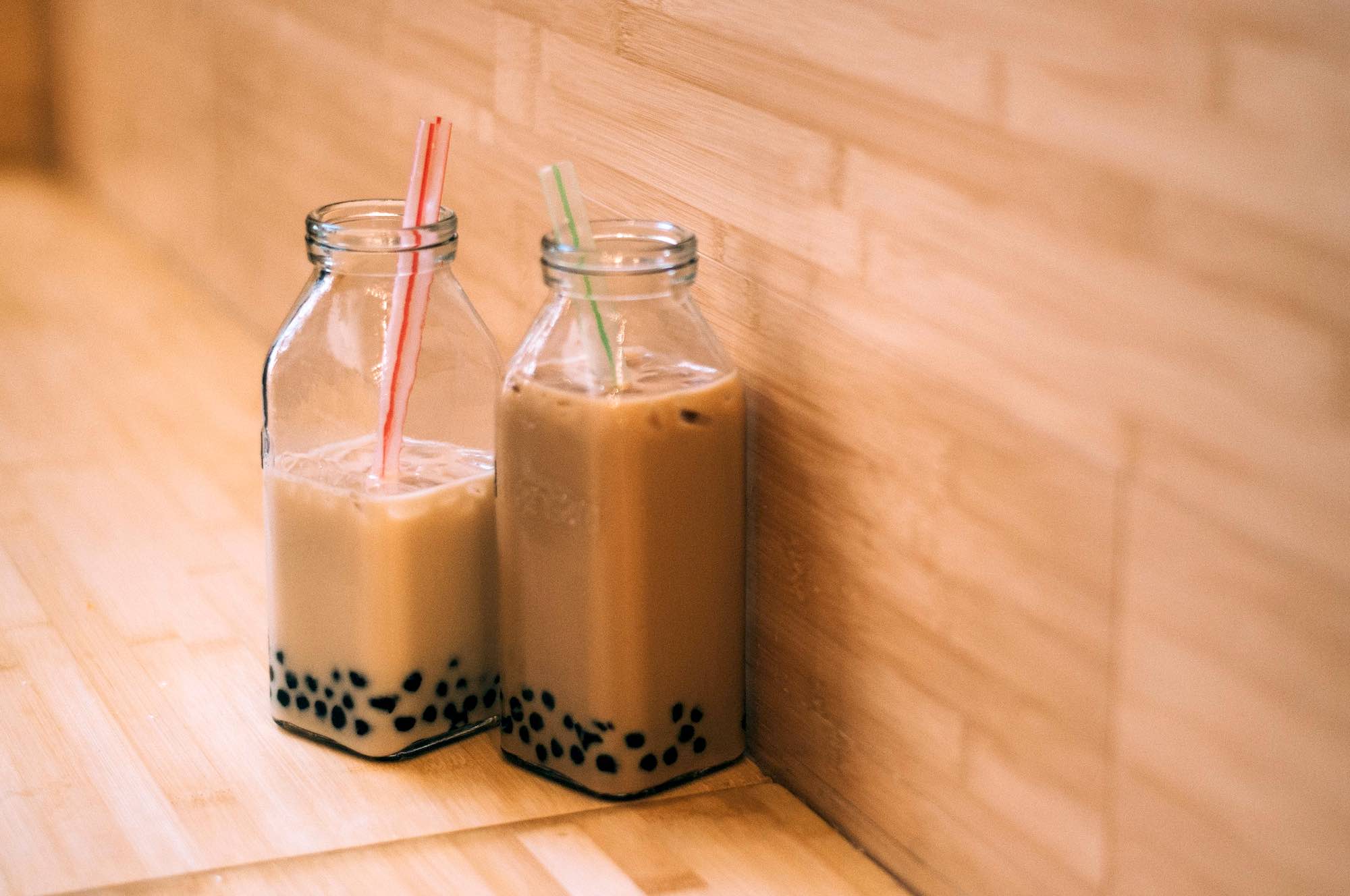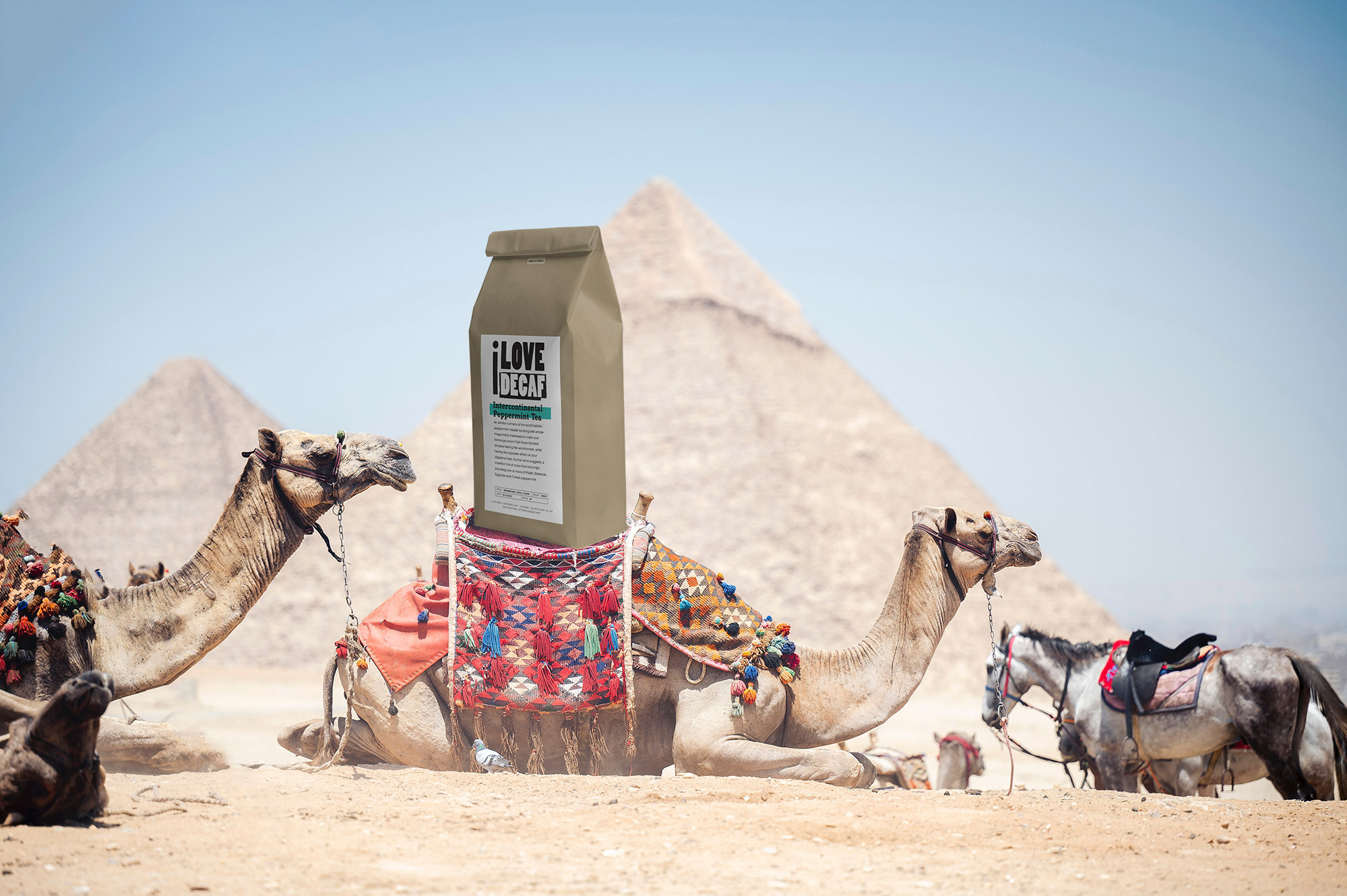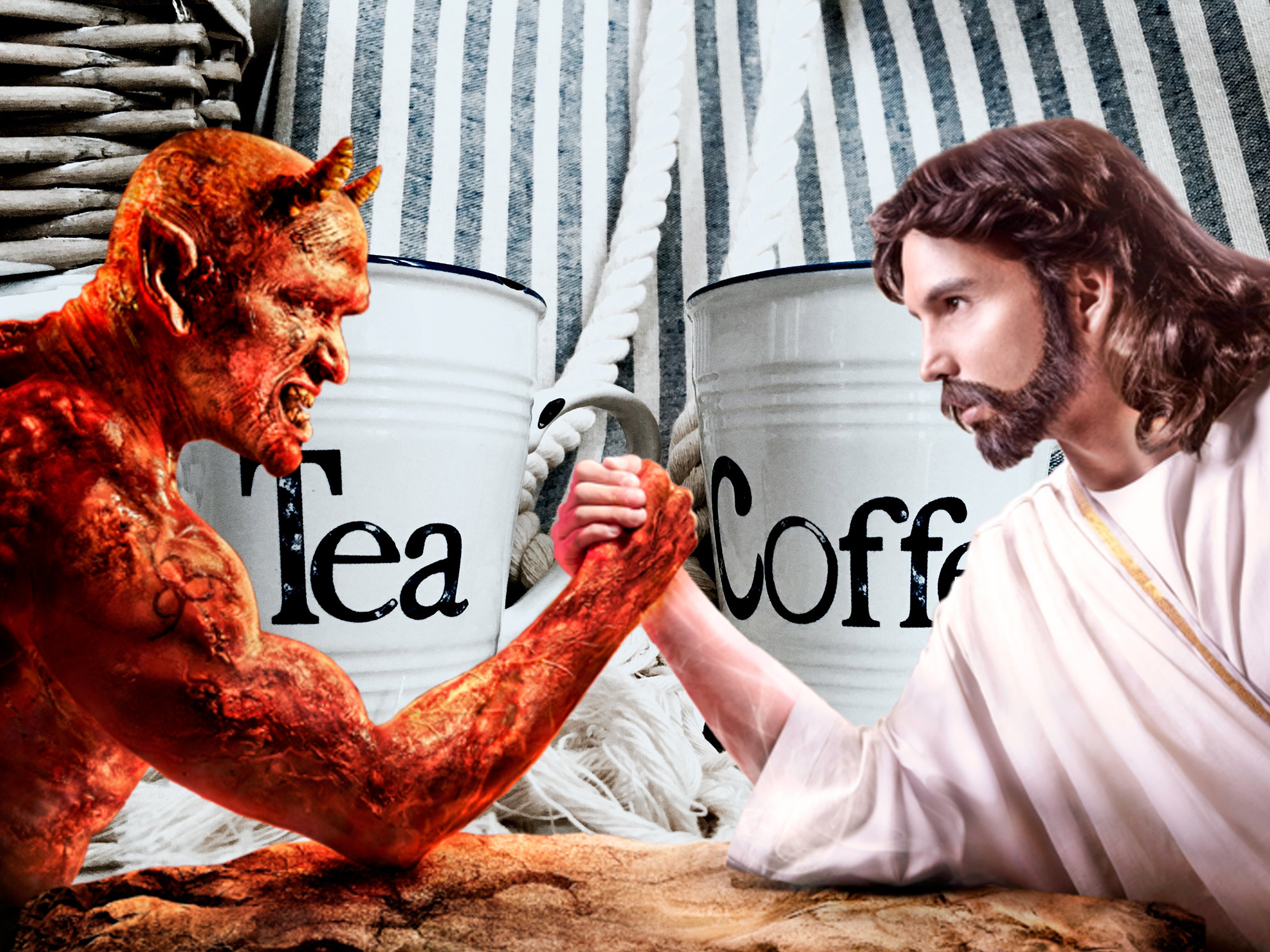That is the Question
Rooibos or Red Bush tea is not, strictly speaking, a tea at all. True teas – from Breakfast to Earl Grey, Typhoo to Tetley and many more besides are all variations on a theme based on a type of camelia, the tea plant. The ‘tea’ leaves of Rooibos (Afrikaans for ‘Red Bush’) are the leaves of a Southern African shrub – Aspalathus linearis – that have been fermented and sun-dried to an autumnal red.
Red Bush Teatime
South Africans have been drinking Red Bush tea for over 300 years, since Europeans settled the Cederberg area of the Western Cape.
There are no records of pre-colonial Rooibos use, but someone must have shown that picking leaves, thrashing them against a rock and leaving them out in the sun to dry was a fantastic idea and not, as logic would suggest, a spectacular waste of everyone’s time.
Green and black tea from India and China were expensive to import for European settlers, so Rooibos taken with milk and sugar (or honey) was adopted as the next best thing. I Love Decaf sells a classic South African Rooibos that has bags of character, is naturally sweet and slightly nutty but – like all red bush teas – contains no caffeine and very little tannin.
White with one lump or two isn’t the only way to drink Rooibos. The sweet, malty notes of red bush blend very well with all kinds of fruits and spices for an exceptional, often sublime, cup of un-caffeinated tea.
A bird in the hand is worth two in a bush, right? If it’s a Red Bush and the bird is the notoriously demented South African Ostrich, things can get out of hand fairly pronto. On the other hand, a cup of this sweet and slightly nutty Rooibos tea is worth more than all the barking mad ostriches you can carry. Stay grounded and smooth, with an earthy caffeine-free drink that makes you unflappable.
The Red Bush Melting (Tea) Pot
As if South Africa isn’t already a global crossroads, Red Bush has some inspirational cross-cultural blending going on. While the colonial powers were moving tea from east to west, Europeans were spreading vanilla – slowly – in the opposite direction from Aztec Mesoamerica to Asia and Africa. Nowadays, vanilla is grown in Madagascar off the east coast of continental Africa, but in the settlers’ time red bush and vanilla was nothing but a wild and fragrant dream. Wake up and smell the vanilla.
A gorgeous and subtle mix of sweet orange and light clove notes make for a naturally caffeine free, delicious and bright infusion with excellent antioxidant properties.
Meanwhile, mixing cool peppermint – often used in North African cuisine – with Rooibos tea grown in the Cederberg area of the Western Cape unites two Mediterranean climates half a world away from each other.
Make sure your everyday is as good as it can be with this delicious tea. Adding a sweet minty flavour to the malty, earthy Red Bush, this tea is perfect for an afternoon pick-me-up or a relaxing evening drink. Get your hands on our 1kg bag of Minty Rooibos tea and enjoy a cup whenever you want.
From pick-me-up to put-me-down, Rooibos is the perfect calming blend. After a hard day shouting at ostriches on the veldt, the Red Bush drinker wants nothing more than to relax into the evening, rejuvenate and wind down for the next day’s ostrich intimidation. Fortunately, Rooibos is versatile enough to mix beautifully with aromatic herbs, fruits and flowers for a soothing cuppa.
Find your perfect night-time tea. This delicious infusion is the perfect partner to help you relax and rejuvenate after a hard day. Blended with soothing Rooibos and aromatic lavender, apple and orange, it’s a wonderfully warming tea that will help you to both relax and rejuvenate. Our Tea Masters add just enough apples to complement the earthy notes of the rooibos, making for a deliciously clean but comforting cuppa with warming aromas.
Rooibos Tea Cosy Blend
This winter blend of red bush tea, cinnamon orange, almond cloves and cornflowers is a tea cosy for your mind. An inspiring brew to battle the cold with confidence, so you can go about your day.
We have yet more delicious blends of Rooibos tea on the way, from a pirate-inspired blend of spiciness to a liquid gold infusion as lavish as watching the sun set over the Great Karoo.
Spiced Pirate’s Rooibos Tea
A Rooibos pirate blend that it is one-part ahhh and one-part arrrr! With cinnamon, blackberry leaves, orange blossom, safflower petals, clove buds, cardamom and ginger extract, this treasure chest of Rooibos and spice is a pirate’s punch of flavour where X marks – but T hits – the spot.
All Seasons Luxe Red Bush Tea
A deluxe wrap-around warming blend of Rooibos, with the added spicy tang of cinnamon orange, the sweet, smooth textures of almond cloves and cornflowers. A comforting, tranquil cup for all seasons.
Another Mother Nutty Rooibos
Still naturally caffeine-free, Another Mother is a nuttier alternative to our flagship South African Rooibos infusion. With excellent antioxidant properties and a delicious, sweet orange and light clove character, Another Mother pours as a liquor as bright and rich as a South African sunset.
